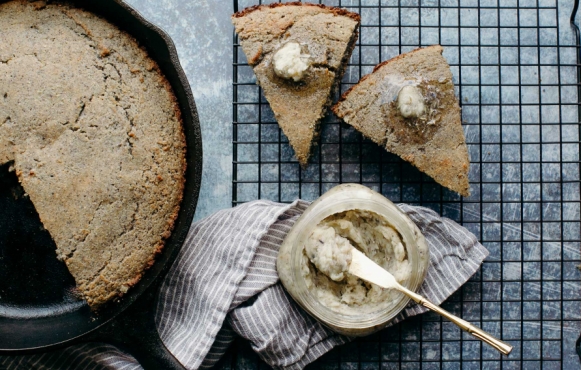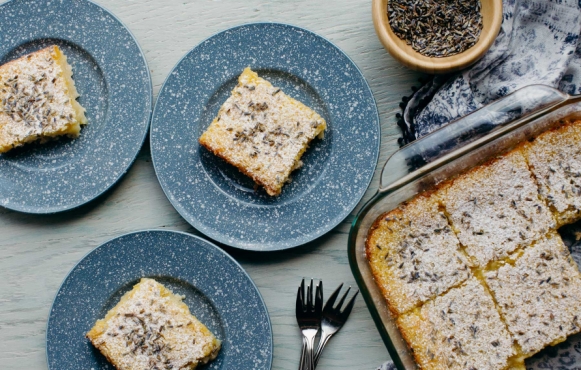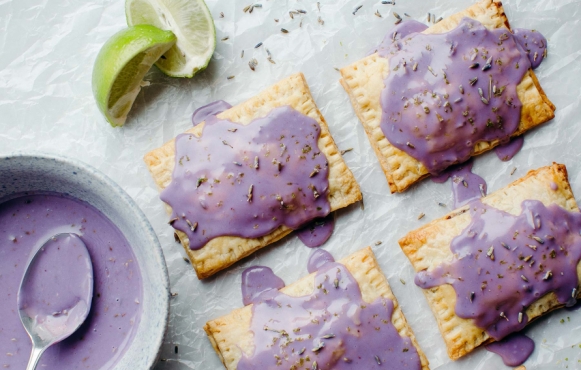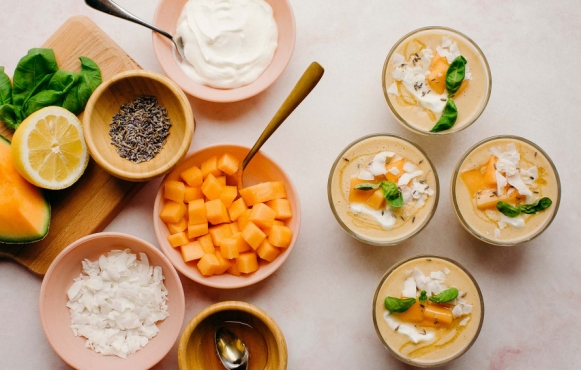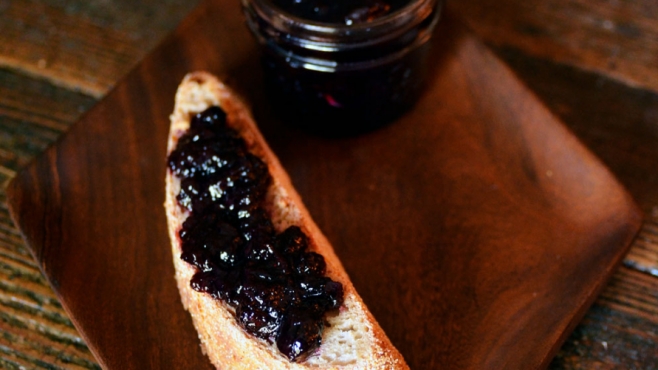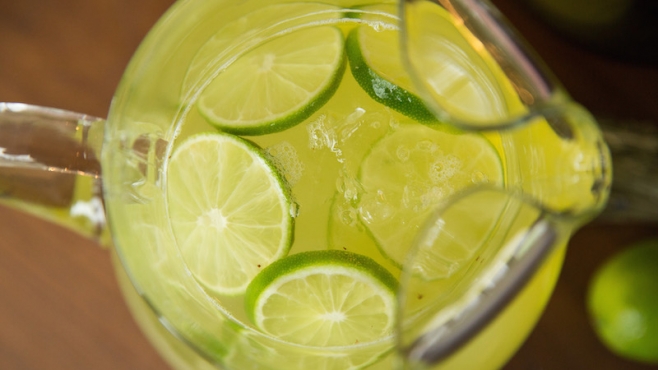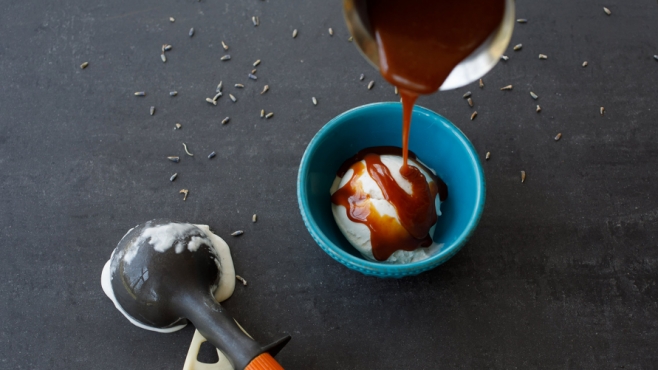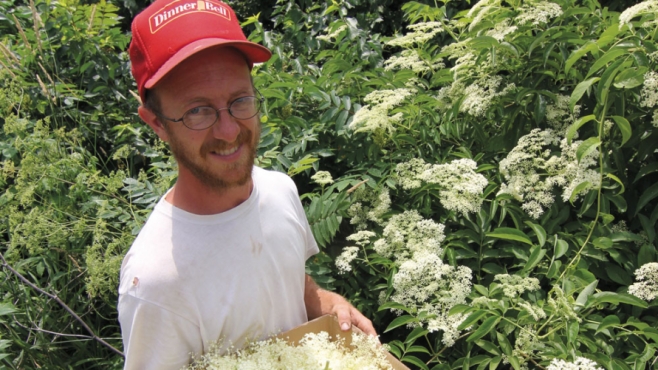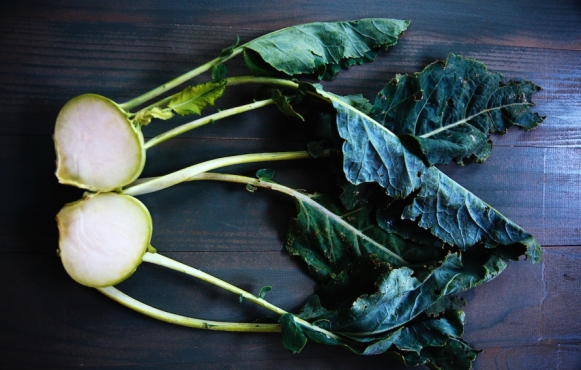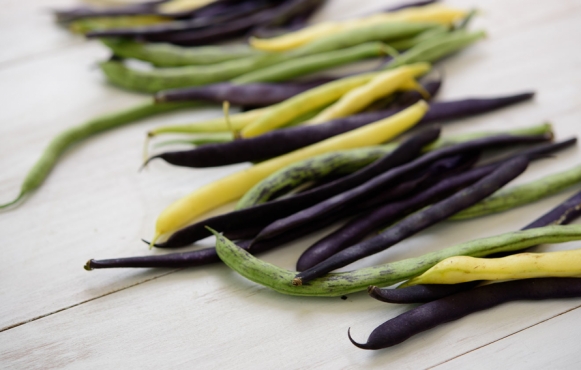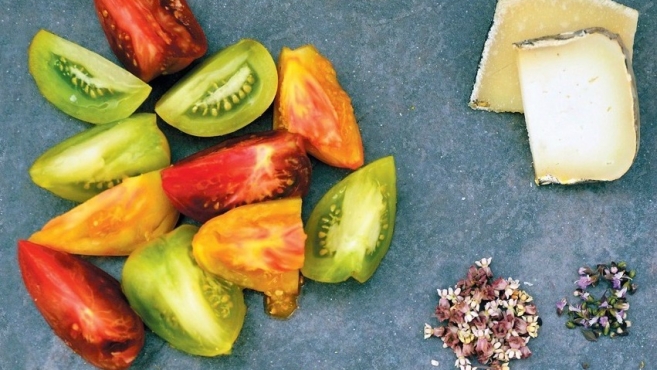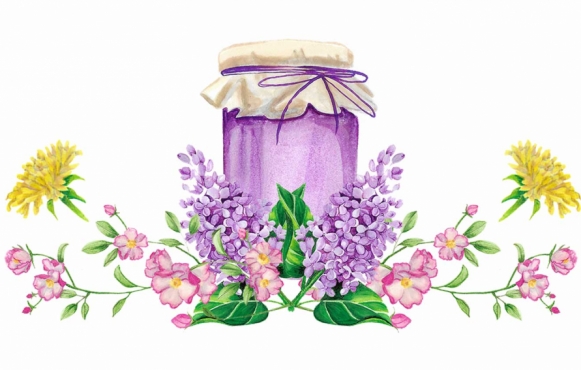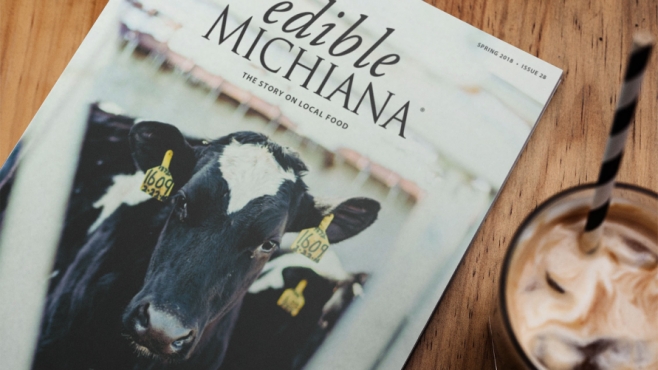Lavender
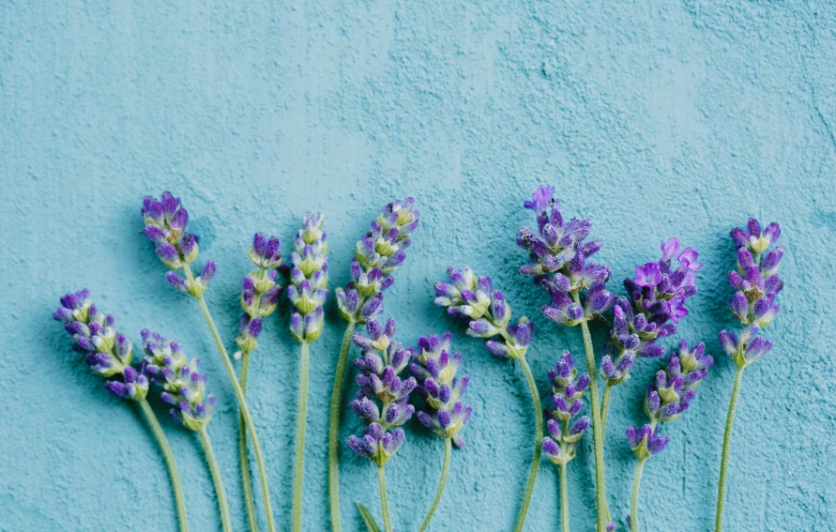
Lavender has been valued for centuries and used in myriad ways, including medicinally. It can become a staple of your spice cabinet as well. The floral and citrus notes of lavender pair perfectly with sweet as well as savory dishes.
Selecting
English lavender yields the best cooking results. The flavor and scent intensify as it dries, so how much you need for a recipe will depend on whether the flowers are fresh or dried. Buy lavender labeled “culinary” to ensure it has not been treated with harmful chemicals. If you harvest lavender yourself, check to be sure the plants haven’t been treated. Harvest English lavender when purple buds have formed but not opened. Closed buds will retain more fragrance and flavor. When you harvest flowers, leave two or more leaves below where you cut to avoid damaging the plant’s woody sections.
Storing
Rinse fresh lavender of debris. Pat dry and use for cooking right away, or hang upside down in a dry, dark area away from direct sunlight for two to four weeks. Once the buds are completely dry, gently remove them from the stems and store in a tightly sealed jar. If stored properly away from light and heat, dried lavender will keep for one to two years.
Pairing
Almonds, apples, apricots, basil, blackberries, black tea, blueberries, blue corn, bourbon, bread, butter, buttermilk, cantaloupe, caramel, cashews, chicken, chocolate, coconut, coffee, cream, cream cheese, Earl Grey tea, figs, gin, goat cheese, honey, lemon, lime, mango, marjoram, melons, mint, oats, olive oil, orange, oregano, peaches, pears, plums, poppy seeds, pork, potatoes, raspberries, rose, rosemary, sage, strawberries, tequila, thyme, vanilla, vodka, walnuts, whiskey, white chocolate, yellow corn, yogurt.


